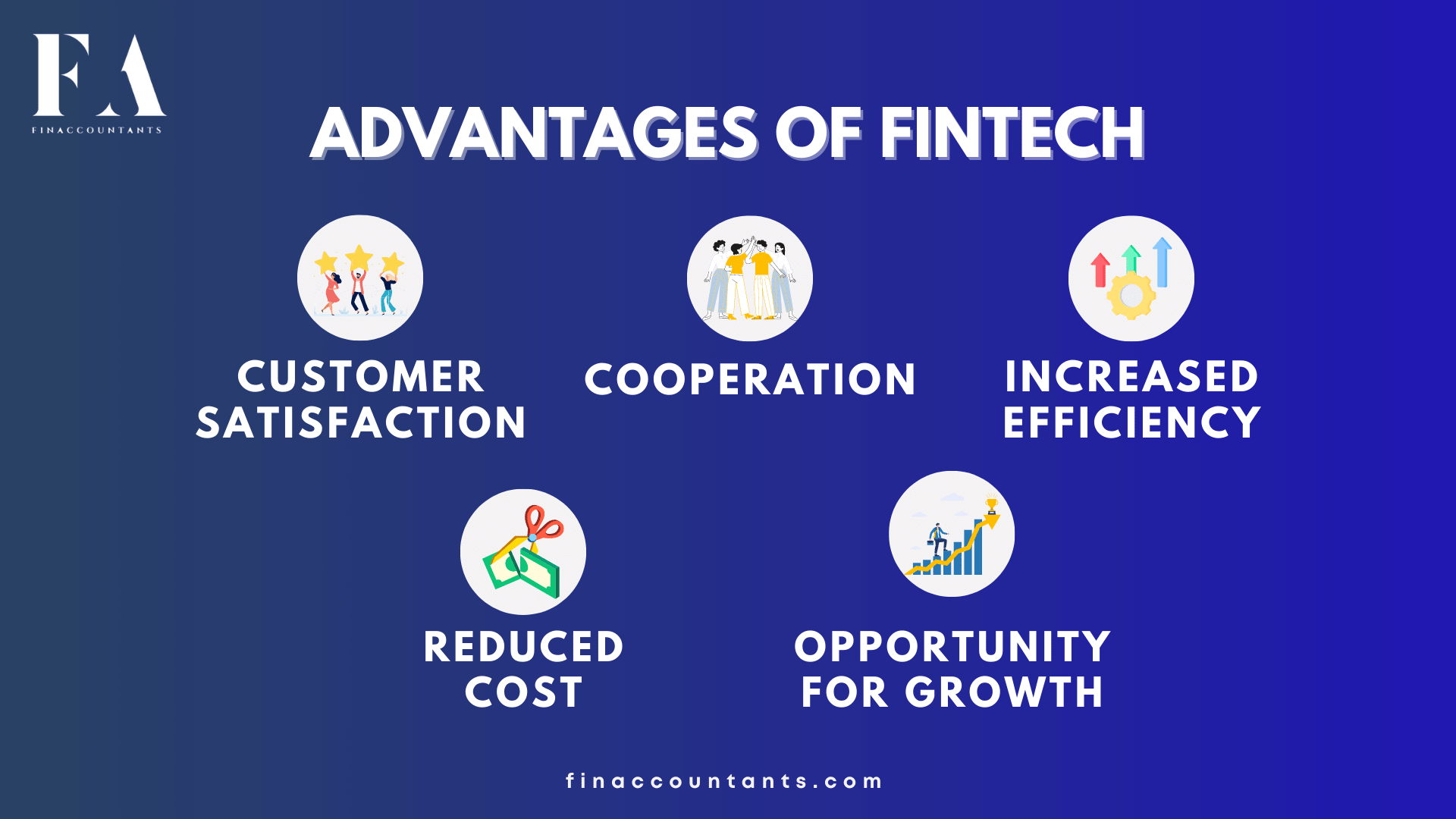Did you know that the ICIC Bank introduced the first financial technology? In 1988, they installed the first ATM in India, and in 1995, they also launched the country’s first Internet banking system.
‘Finance Technology’ (Fintech) was first used in the early 2000s, but it wasn’t until 2010 that it gained widespread recognition. It was a time when more people were using cell phones and the internet. Paytm was the first finance app ever released in India. Fintech in India has also evolved due to other apps like Paytm, Mobiwiki, PolicyBazar, and many others. It improved millions of Indians’ access to financial services, something traditional financial institutions had trouble doing.
Currently, the fintech sector is experiencing significant growth in India. The transformation of payment methods and financial services is why many businesses are pursuing the development of various fintech software. The need for fintech services is growing as the payment and banking systems transition to digitalization. Fintech firms have multiplied in India thanks to services like UPI, API, net banking, and many more services. Notably, companies like Paytm and Google (Gpay) are heavily investing in creating online banking services and payment technologies. Even conventional financial organizations have begun to follow this trend and offer Internet banking to their clients.
Let’s examine some of the advantages that businesses will experience.
Advantages of Fintech

Reduced cost:
The business’s running costs are the main worry for any organization, and Fintech companies can save expenses by utilizing technology. Without a physical site, the business can design an online-only app that offers all the required services.
Improved Customer satisfaction:
Fintech businesses share the goal of delivering the highest customer satisfaction with other organizations. Fintech businesses may improve customer service by utilizing technology. For instance, customers favor making payments online. And fintech firms aid in the improvement of those services.
Collaboration:
Collaboration is a crucial tactic for fintech businesses. They can reach a greater audience and provide their clients with various goods and services. Additionally, they can assist them in expanding their firms and prospering in the cutthroat fintech sector. The collaboration between banks and fintech startups is the most prevalent example. Banks will be able to supply all financial services through this agreement, and the fintech company will be able to give banks a platform to do so.
Increased efficiency:
Any company must run its commercial operations efficiently. Fintech can accomplish that goal by making use of technology. Their everyday work that doesn’t need much thought can be automated. Automation can carry out operations like processing payments, managing goods, and keeping track of finances. Employee concentration on more strategic activities could be freed up, increasing productivity and efficiency.
Opportunity for growth:
Fintech can assist companies in entering new markets and introducing fresh goods and services. Fintech can be utilized, for instance, to give consumers in remote locations access to mobile banking services or to give them investment possibilities they had not previously had. Customers can access any bank service without visiting the physical bank.
The Growth Drivers of the Indian Fintech Sector

Technology:
The fintech industry’s primary growth engine is technology. Technologies are constantly being developed in the fintech industry. Since their services are only available in the virtual world, businesses must develop novel ways to incorporate and adopt cutting-edge technologies like blockchain, AI, ML, AR/VR, cloud computing, and more. Such technology increased productivity, made services more easily accessible, and improved the organization’s reach.
Online Payments:
The advent of contactless payment is the most significant breakthrough in the fintech industry. This encourages fintech businesses to create an online payment platform, raising public knowledge of the advantages of online banking and payment services.
Regulation:
The difficulty of forming a firm is due to regulation. The regulations for financial institutions are more flexible for fintech. The governments of countries and India are actively supporting digital banking. The authorization to function as a financial institution is granted to fintech.
Beyond Traditional Finance:
In India, the population is relatively young, with an average age of only 28. Most people are tech-savvy, which drives up demand for online banking services. Additionally, many fintech businesses are working on new products and services that they may give customers at lower prices than traditional banks.
To Conclude
Different factors have contributed to the fintech industry’s expansion in India. The fintech industry in India is currently valued at about $30 billion and is anticipated to reach $150 billion by the year 2030. Thus the boom is not about to halt just yet. The public is grateful for the numerous innovations the fintech sector has brought about. Online financial services are still in high demand. The fintech industry is still thriving, and entrepreneurs can benefit from this development.
You can streamline your fintech with the help of FinAccountants. From choosing a business structure to registering your domain name, we will help you every step of the way as you navigate the legal requirements for establishing a fintech business in India. Our services are created to address the particular needs of fintech businesses in India, from strategic planning to regulatory compliance. Make a call to us to learn more about our services.




Leave a Reply